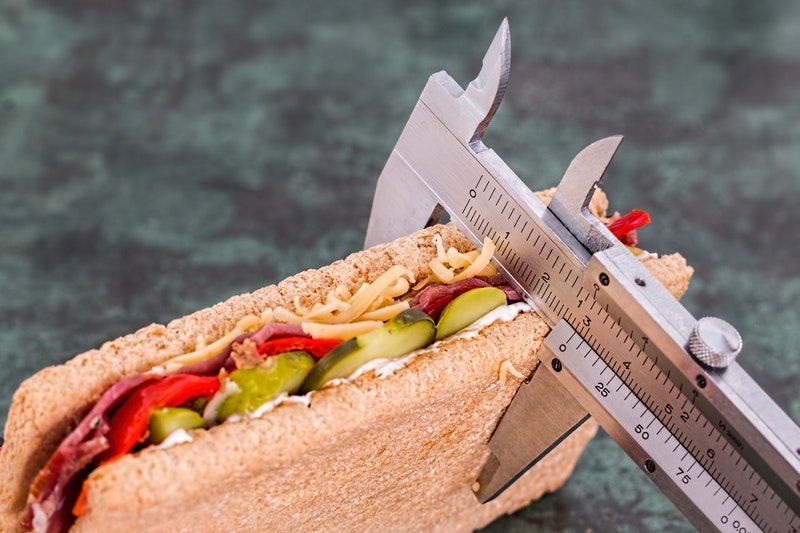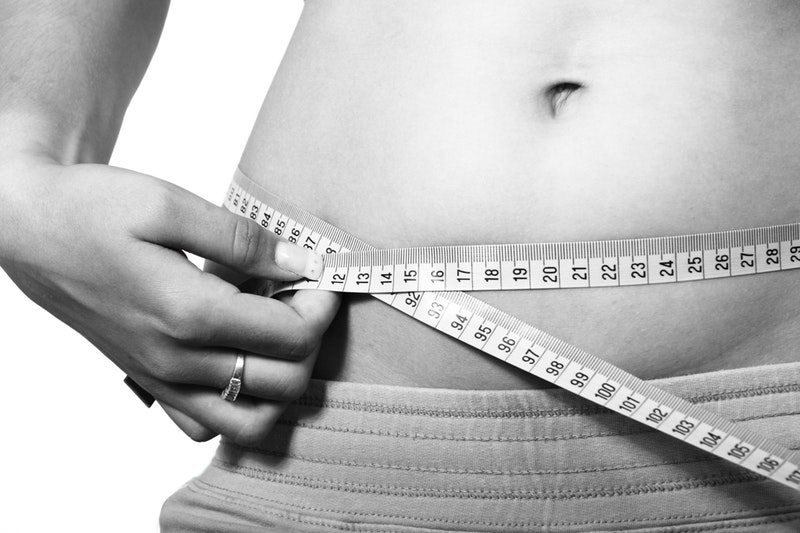When you’re trying to drop some pounds, one of the most important things you can do is to track your progress. If you don’t track your progress, then you’ll never know if you’re actually progressing or just spinning your wheels. It’s also incredibly motivational to notice the scale falling, knowing that the hard work you’ve put in is actually paying off.
There are a variety of options you can use to track your progress:
- Weight
- Pictures
- Measurements
- BMI
Today, we’re going to discuss the last option. BMI is known and used by almost everyone around the world in a way to not only determine your weight, but how that corresponds to your health.
BMI works by comparing your height with your weight to put you into a certain category for your age and sex. There are four categories in total:
- Underweight <18.5
- Healthy weight 18.5-25
- Overweight 25 – 30
- Obese 30<
For instance, a 40-year-old male with a height of 180cm and a weight of 80kg is on the upper end of the healthy weight spectrum with a score of 24.6.
Now, there are several drawbacks to using BMI to track your progress. Firstly, it tracks your weight and not your body composition. Weight can come from anything such as fat, muscle, bone, water, and stomach volume. If you’ve eaten a substantial meal and consumed a large amount of liquid before your weigh in, then your weight can rise dramatically and you might find yourself a fair few pounds heavier than you thought. The issue with this is that when people want to lose weight, they actually want to lose fat. Therefore, simply tracking your weight is not enough.
Let’s look at two different individuals. Both are in the ‘overweight’ range for their height and age, but one has a body fat percentage of 12% whilst the other has a body fat percentage of 25%. Though one individual has almost twice the body fat percentage of the other, their BMI would stick them in the same category.
A similar issue occurs when trying to change how you look. Beginners who start training will gain muscle as they lose fat which means they may not lose weight as quickly as they’re expecting. The scale might even stall as they gain equal amounts of fat and muscle. This means that you could be stuck in the overweight section of the BMI scale despite changing how your body looks entirely.
This is the biggest issue to BMI as the aim is to determine your health, but it doesn’t do it accurately. Because of this, many people write off BMI completely. However, BMI is still a useful tool, it just needs to be used correctly. You wouldn’t stop weighing yourself completely because it doesn’t show the whole picture. Both BMI and the scale need to be combined with something in order to track your progress more correctly. Therefore, the best route with BMI is not to throw it out entirely but to combine it with either your waist measurement or progress photos.
Waist measurements will give you an accurate representation of how much fat you’re losing. If the scale isn’t budging but your waist measurements are going down, then you know that you’re moving in the right direction. You don’t just have to track your waist, either as you can track the measurements of any body part.
If you’re trying to gain muscle, then measuring your chest, arms, and thighs as well as your waist can give you a clearer picture. If the scale stalls but your waist is going down and your arms are going up, then you know that it’s because you’re building muscle. When measuring your waist, you want to do it at the same time as your body will change in terms of water retention and stomach volume throughout the day. Aim to weigh and take your waist measurements in the morning.
The other option is to take progress pictures. The biggest benefit to this is that the reason most people try to change their body is that they want to look better and therefore, taking progress pictures will give you an accurate representation of how you look. Over time you can compare the pictures together to see where the fat is coming from. You might notice that your legs and shoulders are getting bigger whilst your waist is getting slimmer.
When taking progress pictures, it’s important to do it at the same time in the same place. Lighting can make for a dramatic difference in how you appear, so taking pictures in the same place makes them easier to compare. Usually, the morning is the best time before you’ve eaten any food and at the same time that you weigh yourself.


